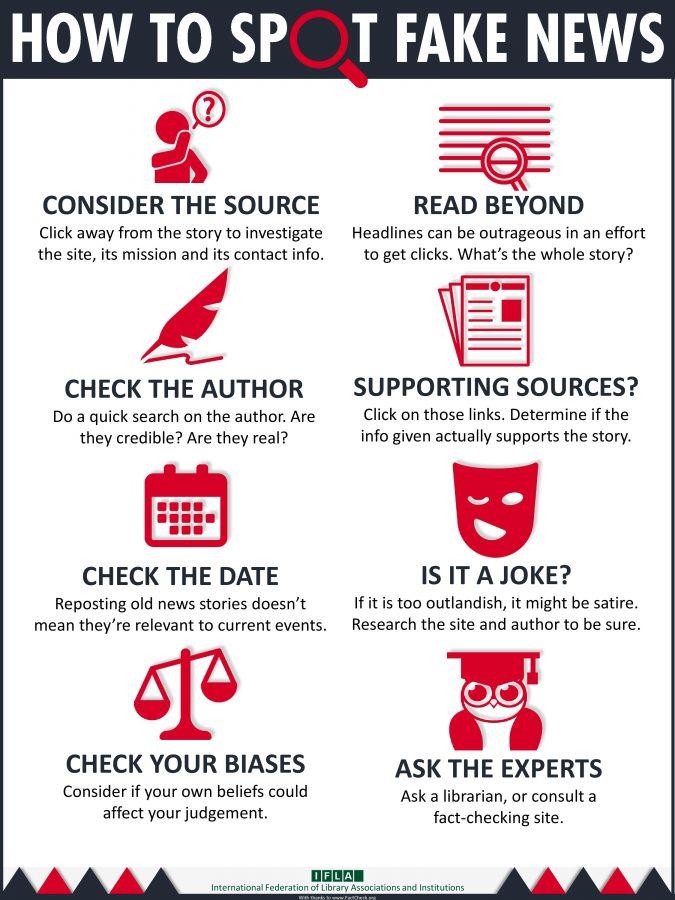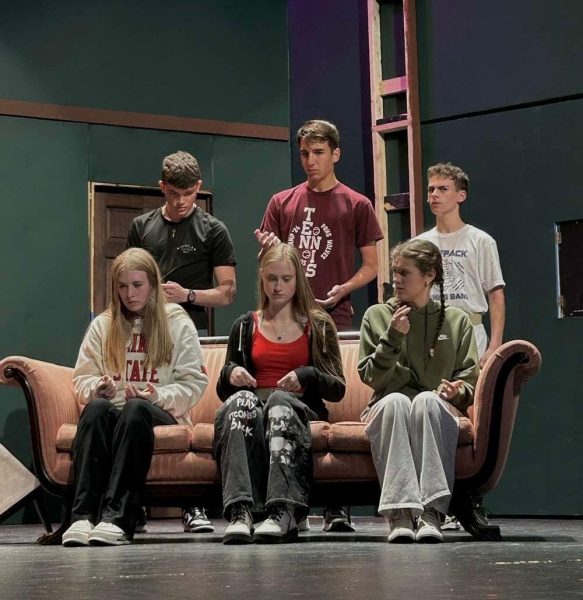Alternative Facts: The Perils of Fake News (And Its Censorship)
Presently, we are just weeks into the Presidency of Donald Trump. While many young people are out demonstrating, journalists from the high peaks of prestigious publications like the New York Times and the Wall Street Journal to local papers to independent news sites and even school newspapers, are in the midst of a battle, a battle for journalistic integrity against the phenomenon of “fake news.”
Whether motivated by money or agenda, fake news has become a constant term thrown around by people of all political beliefs (see President Trump’s recent tweet and John McCain’s response). Whether liberal or conservative, each side is blaming each other for misinformation. It has become a major problem during the 2016 election cycle, when real decisions by people were influenced by information that was not real.
Let’s take a look at the some examples of fake stories, and how they can negatively influence the world we live in.
Directly after the Presidential election, thousands of protesters took to the streets in frustration. A man from Austin, TX named Eric Tucker, who had “about 40” followers on Twitter at the time, tweeted an image purporting that anti-Trump protesters had been “bussed in” and were fake. The news spread like wildfire, being retweeted more than 16,000 times while it was up. Turns out, the buses were there for a conference.
And it’s not just a conservative or right-wing problem. Earlier in February, the Daily Mail reported that Neil Gorsuch, the man who is now nominated to fill the vacancy on the Supreme Court, started a “Fascism Forever” club at his prep school, but Snopes reports that this sensational story has been proven to be false.
That’s where the problems start rolling in. For example, when you see that there are a ton of busses near an anti-Trump rally, could you assume that they were bussed in? Of course it is possible, but it’s wrong to assume that. By relying on assumptions or biases, people are able to craft news according to their own narrative, instead of what the truth actually is.
Here comes the part that worries me the most. While some fake news is completely made-up, dangerous fake news could actually be believable. The process of determining truth–what is real and what isn’t–is subject to personal bias.
Shortly before Barack Obama left office, he signed into law the National Defense Authorization Act for Fiscal Year 2017, a yearly order for the Department of Defense’s budget. Within the NDAA, there is a section that includes language for creating a “Global Engagement Center” whose purpose is to help combat “foreign disinformation.” This section’s language is actually from a prior bill — the Countering Foreign Propaganda and Disinformation Act — first introduced in Congress in May 2016, that goes much further in its scope.
While well intentioned, this could potentially be a danger to free speech and open journalism. Essentially, people are afraid that this would eventually give the government power to censor information that does not follow its agenda, leading to dictatorship.
How would that happen? Let’s say, for example, a European newspaper publishes a scathing report on a high-ranking government official. Under this new law, the newly-created Global Engagement Center could label this report as “disinformation” and restrict its spread to the public. That kind of power wouldn’t come all at once, but many fear that this part of the NDAA bill is the first step in controlling what information citizens receive.
Fake news is a problem, we all agree. But in the world of the internet and instantaneous information, it is impossible to avoid people exploiting it for their own personal agendas.
Misinformation affects everyone, and every student must be wary of fake stories, especially when for example, picking sources for an English paper. Need some reassurance on this? Look no further than our principal, Dr. Koch, who spoke recently with AP Language & Comp students: “When you look at a source, [ask yourself] what are they saying? Is this fake news? Is this someone’s opinion? It is a critical skill to be able to answer these questions. Anyone can write anything, and make it look legit. It’s quite dangerous,” he said.
Follow Dr. Koch’s advice when reading or viewing news. First, look at the publication. Is it credible? For example, one source cited above for publishing fake news, The Daily Mail, has recently been banned from use as a credible source on Wikipedia. If the source isn’t credible, you can’t totally trust the information.
If the information seems too good to be true, then it probably is. Whenever you read news, you’re just going to have to take it with a grain of salt.





